13 of the Spookiest Ghost Towns In America
Old mines, abandoned buildings, and ghostly orbs: These are a few of the most haunted locales in the country.
Planning a fall getaway or just interested in a little armchair travel? These abandoned places and spaces are perfect for a spine-chilling adventure.
1Virginia City and Nevada City, Montana
Interested in experiencing the mortal fear of trying to stay alive in the gun-slinging Old West? The former residence of Calamity Jane, Virginia City has resisted change since 1863, with hundreds of historic buildings still standing. One mile down the road on Alder Gulch is Nevada City, another town that boomed and busted thanks to the Gold Rush. Ride a train between the two cities where you can witness early settlers struggle to survive and actual historic events through living history shows (the hanging of Red Yeager, anyone?). The reality of life in a Gold Rush town is likely to leave you shaking in your (cowboy) boots.
2Bodie, California
Abandoned by the discouraged gold rushers who followed William Bodie to the town to try—but not succeed—to find more of the precious metal he had discovered in 1859, this well-known ghost town in California has been left eerily untouched for more than 150 years. Shacks still stand with tables set, waiting for their long-gone residents to return, while shops and restaurants are still stocked up with some supplies, prepared to service customers who will never arrive. If that isn't spooky, what is?
3Cahawba, Alabama
Southwest of Selma lies "Alabama's most famous ghost town." As the state's first permanent capital from 1820 to 1825, a bustling center for the trading and transport of cotton before the Civil War, and a village for freed slaves after the war, this town at the confluence of the Alabama and Cahaba Rivers made several comebacks after floods and yellow fever epidemics. Unfortunately, its residents all drifted away for good by 1900. Now known as Old Cahawba Archaeological Park, the town and its abandoned streets, cemeteries and ruins have been the setting for many ghost stories, including one about a ghostly orb appearing in a now-vanished garden maze at the home of C. C. Pegues.
ADVERTISEMENT - CONTINUE READING BELOW
4Kennecott, Alaska
Considered the best remaining example of early 20th-century copper mining, this mill town is at the end of a 60-mile dirt road in the middle of Alaska's massive Wrangell–St. Elias National Park. From 1911 to 1938, Kennecott employed as many as 300 people in the mill town and 300 in the mines, processing nearly $200 million worth of copper. As a company town, it included a hospital, general store, school, skating rink, tennis court, recreation hall, and dairy. By 1938, however, the copper ore was tapped out, and the Kennecott Copper Corporation abruptly abandoned the town, leaving behind their equipment, their buildings, and their personal belongings.The National Park Service and tour operators offer guided access to the 14-story concentration mill and several other historic buildings, telling tales of lucky fortunes, tenacious frontiersmen, and tragic endings in the remote wilderness.
5Bannack, Montana
This desolate former mining town in Montana is so riddled with paranormal activity it was featured in an episode of the Travel Channel's Ghost Adventures. Founded in 1862 when John White discovered gold on Grasshopper Creek, Bannack was a typical gold rush town in the Wild West. After gold was discovered in nearby Virginia City, many prospectors moved there and the road between the two towns became the scene of more holdups, robberies and murders than almost any other stagecoach route—with the leader of the outlaw gang later discovered to be Bannack's very own sheriff. The mining town lasted longer than most, with its population finally petering out between 1930 and 1950, at which point the state of Montana made the well-preserved town a state park. Today, over sixty structures are still standing, most of which can be explored.
6South Pass City, Wyoming
Another well-preserved mining town in the American West, South Pass City was founded in 1867 when the large Carissa gold deposit was discovered near the Sweetwater River. Located about 10 miles north of the Oregon Trail on the Continental Divide in the Rocky Mountains, throngs of prospectors soon descended on the area despite the severe conditions, hoping to also strike it rich. Within a year, the population had swelled to about 2,000 people, mostly men, and saloons, brothels, and the boisterous and dangerous life of a frontier town were in full swing. Despite throwing themselves into the back-breaking work, the prospectors didn't find more large gold deposits, so by the mid 1870s, only 100 people remained. Homes, stores, hotels and saloons fell into disrepair, with the last of the pioneer families moving away in 1949. Today, a handful of residents have returned to live in South Pass City, and the South Pass City State Historic Site features more than 30 preserved historic structures dating from the city's heyday.
ADVERTISEMENT - CONTINUE READING BELOW
7Centralia, Pennsylvania
With smoke and noxious gases escaping from every nook and cranny, this Pennsylvania town has been smoldering since 1962—and its underground fire is expected to burn for 250 more years. A landfill burn gone awry sparked the fire in an abandoned coal mine, which quickly spread into the veins of the coal deposits that had once been the key to Centralia's prosperity. When the initial damage was done, the catastrophe had scorched 140 acres of the town and the surrounding area. Residents evacuated, homes were leveled, and the highway was closed down as the massive fire caused gaping sinkholes spewing fumes. Of the nearly 2,000 Centralia residents who were there when the mines caught fire, only six still remain, determined to make the few streets and buildings in this doomed town their home until they die.
8Thurmond, West Virginia
Thurmond's empty downtown belies the fact that five people still actually live in this West Virginia town, now a ghost of the thriving community it used to be. Once a big stop on the Chesapeake & Ohio Railway, the invention of the diesel locomotive in the 1950s rendered its coal-run railroad obsolete. The train depot is now a museum, Amtrak station, and visitors' center for travelers who come to the region to raft on the New River Gorge National River, and the quaint Thurmond Historic District is on the National Register of Historic Places. Surprisingly untouched by modern development, Thurmond is a throwback to an American town of the past, an unsettling reminder of how prosperity can be fleeting.
9Glenrio, Texas/New Mexico
During the 1940s, 50s, and 60s, travelers packed Route 66, sending tens of thousands of people through Glenrio, a tiny town on the border of Texas and New Mexico that offered motorists a road stop with gas stations, diners, bars, western-themed motels, and even a dance hall. When I-40 was built in the 1970s, however, drivers now bypassed the former overnight desert oasis. Listed on the National Register of Historic Places, the Glenrio Historic District includes the old Route 66 roadbed and 17 abandoned buildings, like the Little Juarez Diner, the State Line bar, and the State Line Motel, its now-broken signs announcing to nonexistent motorists that it's the "last in Texas"—or the "first" depending on your direction of travel through the American West.
ADVERTISEMENT - CONTINUE READING BELOW
10Bulowville, Florida
Cleared of its natural forest in 1821 by Charles Bulow to establish a 2,200-acre plantation to grow sugar cane, cotton, indigo, and rice, this East Florida land soon also housed the area's largest sugar mill, built by Bulow's son, John. Its title didn't last long, however, as the Seminole Indians set fire to the plantation and mill in 1836 during the Second Seminole War. Built of hardy local coquina rock, the mill's massive ruins now rise eerily among the large oak trees that have reclaimed the land in the 150-acre Bulow Plantation Ruins Historic State Park, while the crumbling foundations of the plantation house and slave cabins show the volatility of Florida frontier life.
11Essex County Jail Annex, North Caldwell, New Jersey
A prison is always haunting, but an abandoned one exudes an even creepier feeling, especially the austere Victorian-style Essex County Jail Annex in New Jersey. First built in 1873 and expanded over the years to include an auditorium, hospital, and cafeteria, much of the facility was closed down in the 1970s and it was abandoned for good in the late 1990s. Left to decay and vandalism by thrill-seekers, inmates' files filled with mugshots and rap sheets soon covered the floor of the auditorium, while shotgun ports and tear gas modules on the ceilings of the mess hall remain to remind trespassers of their potential harrowing fate should they be judged criminals.
12Grossinger's Catskill Resort, Liberty, New York
In its heyday, the Grossinger's Catskill Resort was the sort of seasonal retreat featured in Dirty Dancing, where well-to-do families in the 1950s spent their summers lounging by its two massive swimming pools, playing golf or tennis, and enjoying the lush 1,200-acre surroundings just two hours north of New York City. In the winters, it offered theatre and skiing, the first place in the world to use artificial snow on its slopes. Of the cabins, cottages, hotel, landing strip, post office and more that served the resort's hundreds of thousands of guests until it closed in the mid 1980s, a few exquisite places still remain undemolished or horribly vandalized. One is the stately natatorium, gorgeously overgrown with moss and ferns, with sunlight streaming through its windows and skylights onto the graffitied pool and abandoned lounge chairs. The other is the hotel's lobby and ballroom where the twin staircases, massive fireplaces and a checkerboard ceiling suggest its former glory. If you listen hard enough, you might still hear the tinkling of cocktail glasses or the clicks of heels dancing the foxtrot.
ADVERTISEMENT - CONTINUE READING BELOW
13Rolling Acres Mall, Akron, Ohio
Built in 1975 and expanded several times, the Rolling Acres Mall once housed more than 140 stores, a movie theater and a food court. In 2008, the mall was closed and only two large retailers continued to operate, with all stores finally closing in 2013. Having changed owners several times and currently in the process of foreclosure, the once-bustling mall will likely be demolished. Until then, the 1,300,000-square-foot space remains an eerily empty relic of modern civilization, with its cracked glass ceilings letting in snow during winter storms as if the structure stands alone in a post-apocalyptic wasteland.





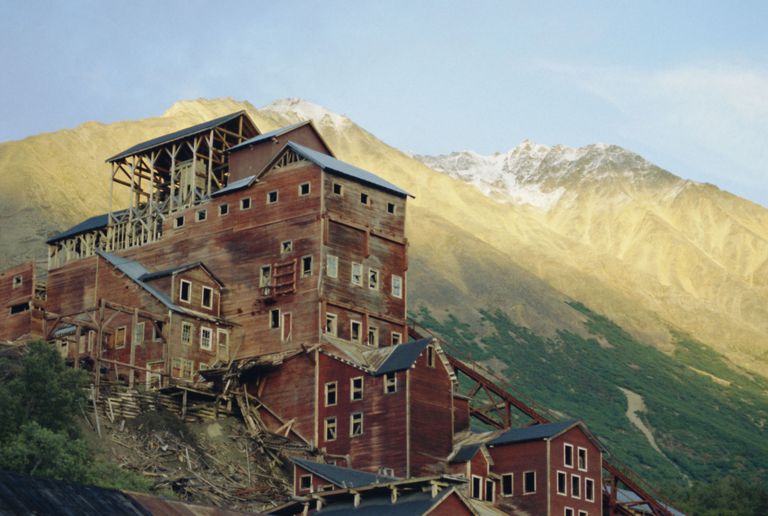

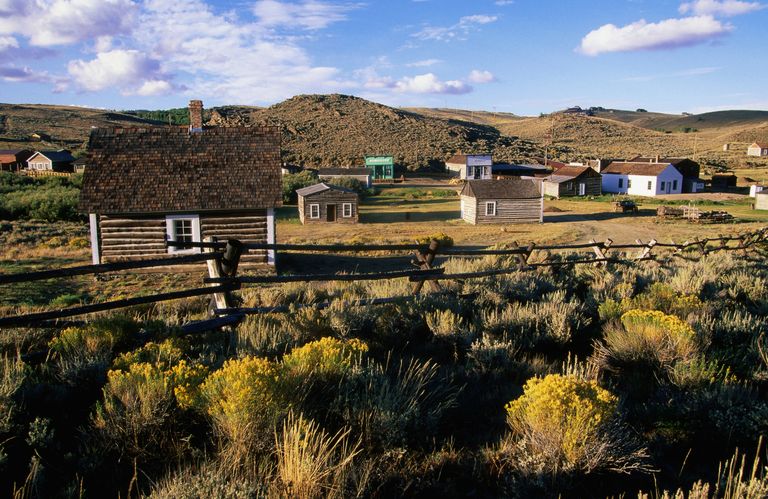
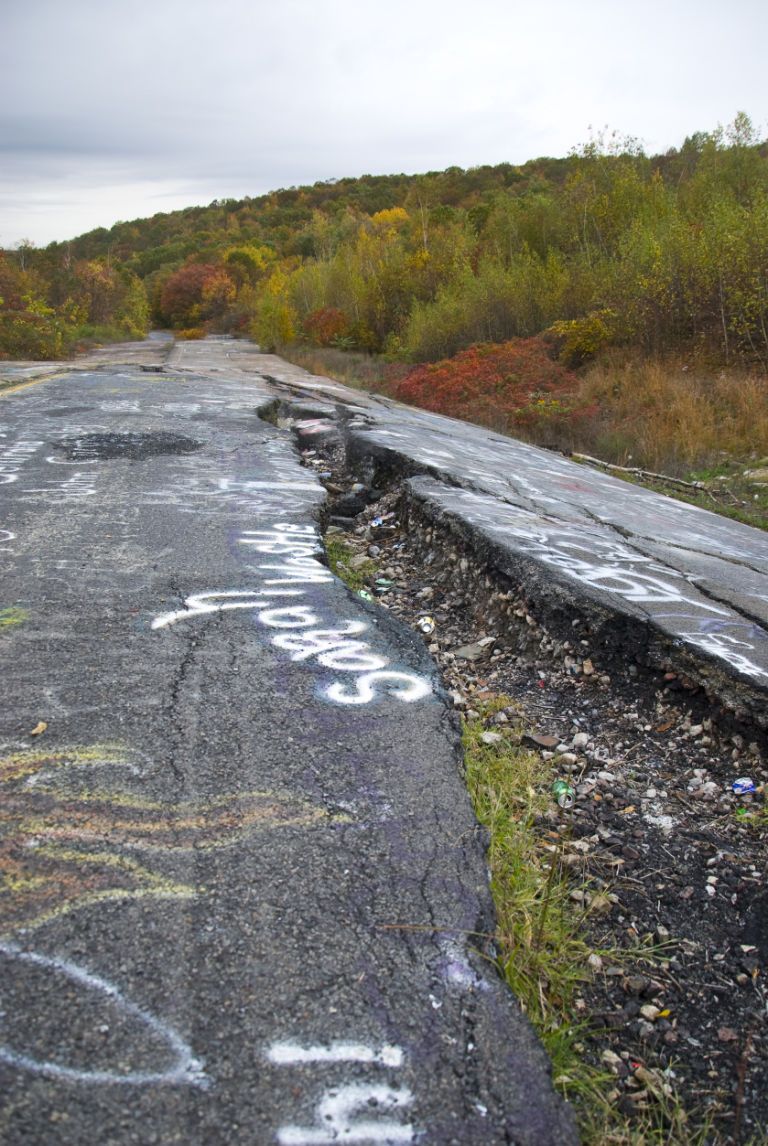
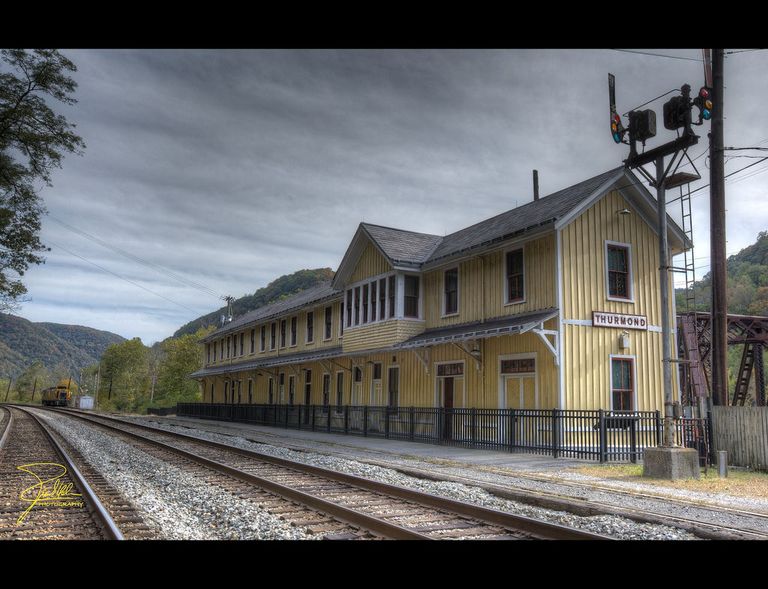
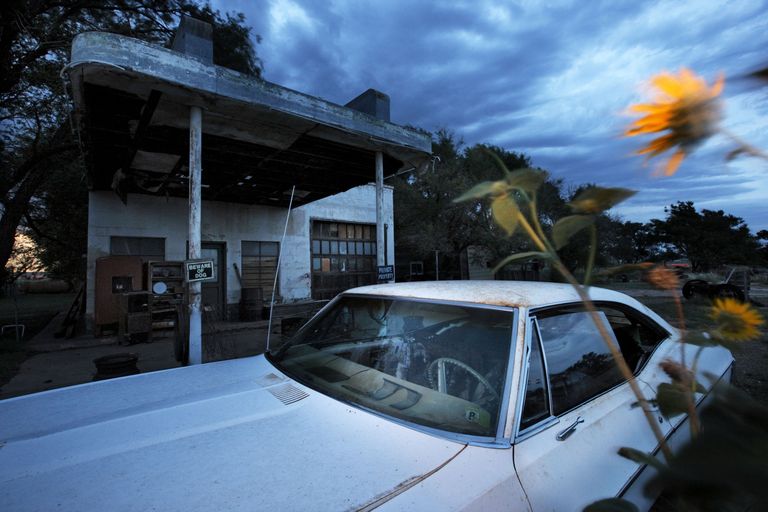
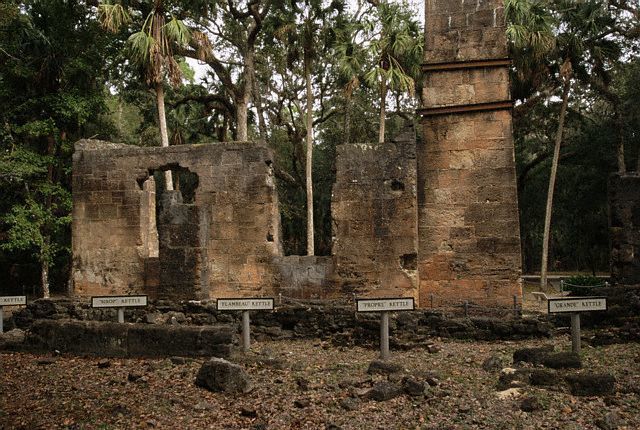
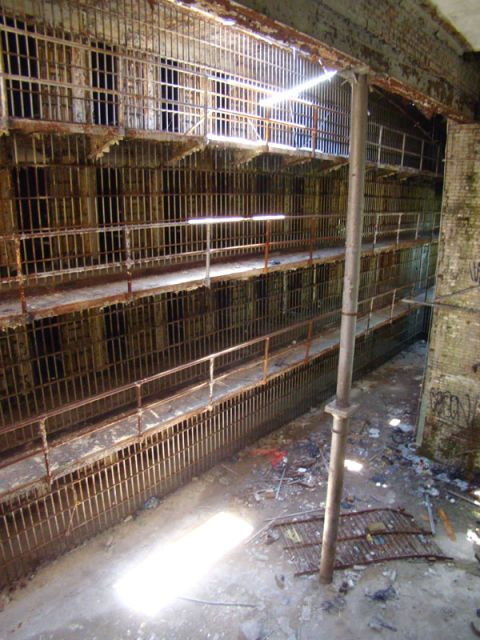
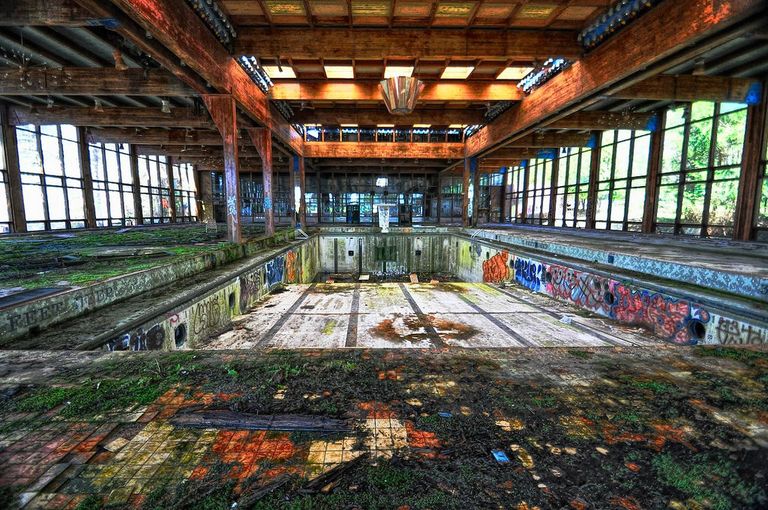
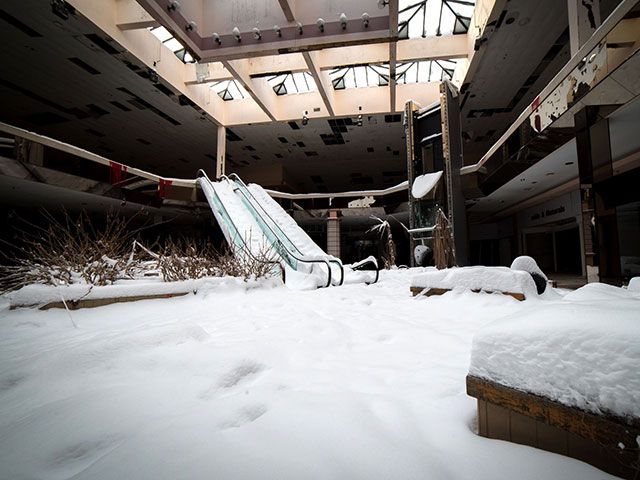
No comments:
Post a Comment